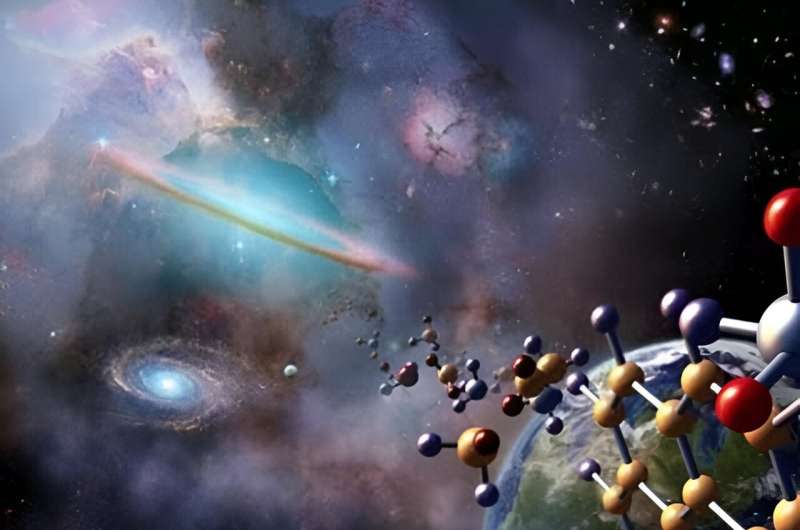The search for extraterrestrial life remains one of the most profound quests in science, yet it is fraught with challenges and uncertainties. Traditional methods of detecting biosignatures on exoplanets rely heavily on assumptions about the nature of life and its interaction with planetary environments. However, a novel approach proposed by Harrison B. Smith and Lana Sinapayen offers a paradigm shift in astrobiological research. In their paper titled “An Agnostic Biosignature Based on Modeling Panspermia and Terraformation,” they introduce an agnostic biosignature model that transcends conventional assumptions, opening new avenues for exploring the potential habitability of distant worlds.
Redefining the Search for Life: The fundamental goal of astrobiology—to detect life beyond Earth—has long been hindered by our limited understanding of planetary processes and the diversity of potential biospheres. Smith and Sinapayen challenge the status quo by proposing an agnostic biosignature model that leverages the principles of panspermia and terraformation. Unlike traditional methods that rely on specific chemical signatures, this approach focuses on emergent patterns and spatial clustering of planets, offering a holistic view of potential habitability across planetary systems.
The Agnostic Biosignature Model: At the heart of Smith and Sinapayen’s model lies the concept of agnosticism, which liberates the search for life from rigid assumptions about its form and function. By modeling life propagation through panspermia—a process wherein life spreads between planetary systems via cosmic debris—and terraformation—a deliberate alteration of planetary environments to enhance habitability—the authors transcend conventional constraints and embrace the inherent complexity of biospheres. This agnostic biosignature serves as a population-scale indicator of potential life, bypassing the need for specific chemical markers.
Unveiling Planetary Clusters: Through computational simulations, Smith and Sinapayen demonstrate how clusters of planets with similar characteristics can emerge as a result of panspermia and terraformation. By analyzing the spatial distribution of these clusters, researchers can infer the likelihood of life’s presence across exoplanetary systems. This novel approach shifts the focus from individual biosignatures to collective patterns, offering a more robust and scalable method for assessing planetary habitability.
Implications and Future Prospects: The agnostic biosignature model presents a promising framework for advancing our understanding of life beyond Earth. By decoupling the search for life from preconceived notions and embracing the inherent uncertainty of astrobiology, researchers can explore new avenues of inquiry and interpretation. While challenges remain in refining and validating this approach, the potential implications are profound. From redefining our criteria for habitability to informing future space exploration missions, the agnostic biosignature model opens doors to a deeper understanding of the cosmic tapestry of life.
In the quest to unravel the mysteries of the cosmos, Smith and Sinapayen’s agnostic biosignature model represents a bold leap forward. By transcending conventional assumptions and embracing the inherent complexity of life’s manifestations, researchers are poised to explore the vast expanse of the universe with renewed vigor and curiosity. As we venture into uncharted territories of astrobiology, the agnostic approach offers a beacon of hope, guiding us towards a deeper appreciation of life’s resilience and diversity across the cosmos.
